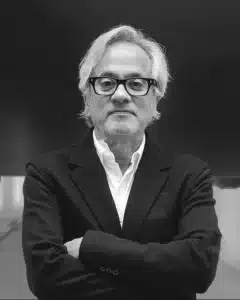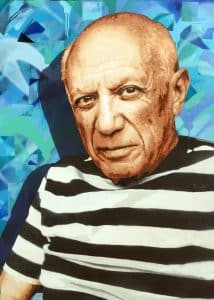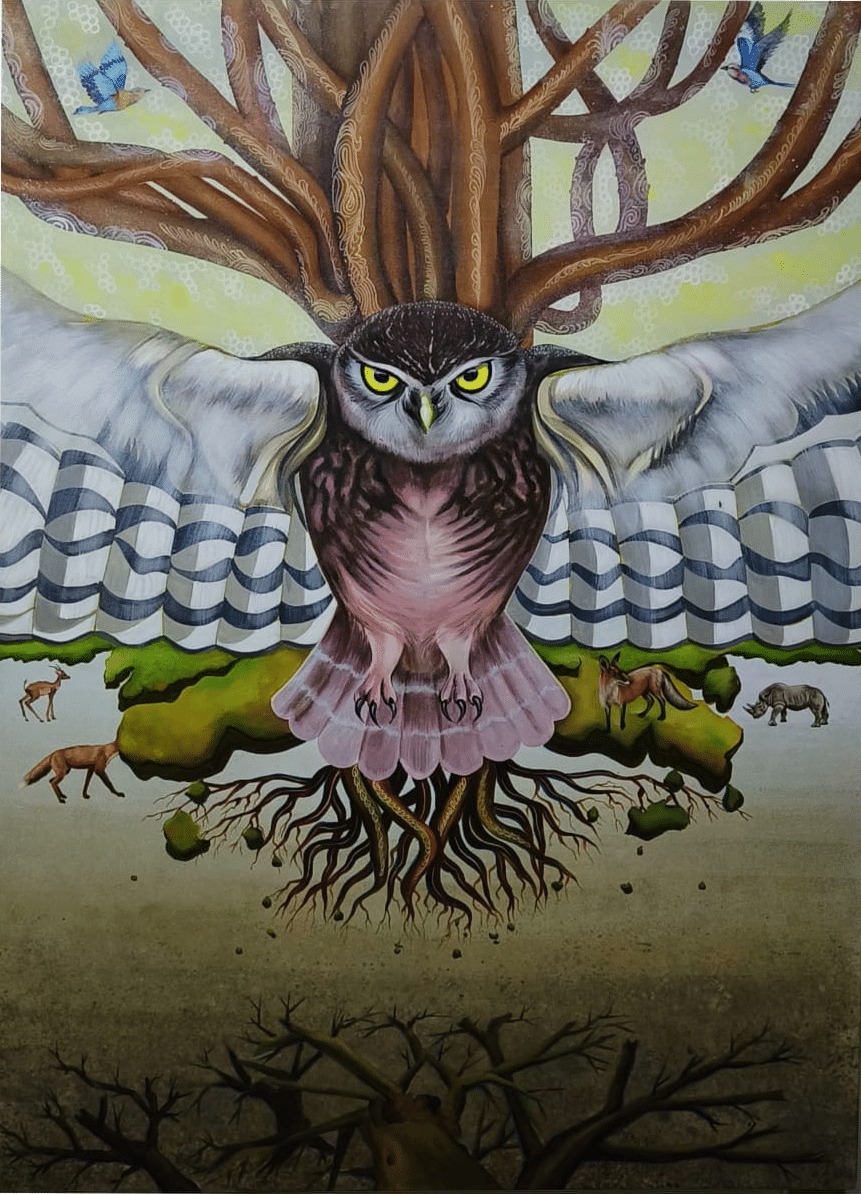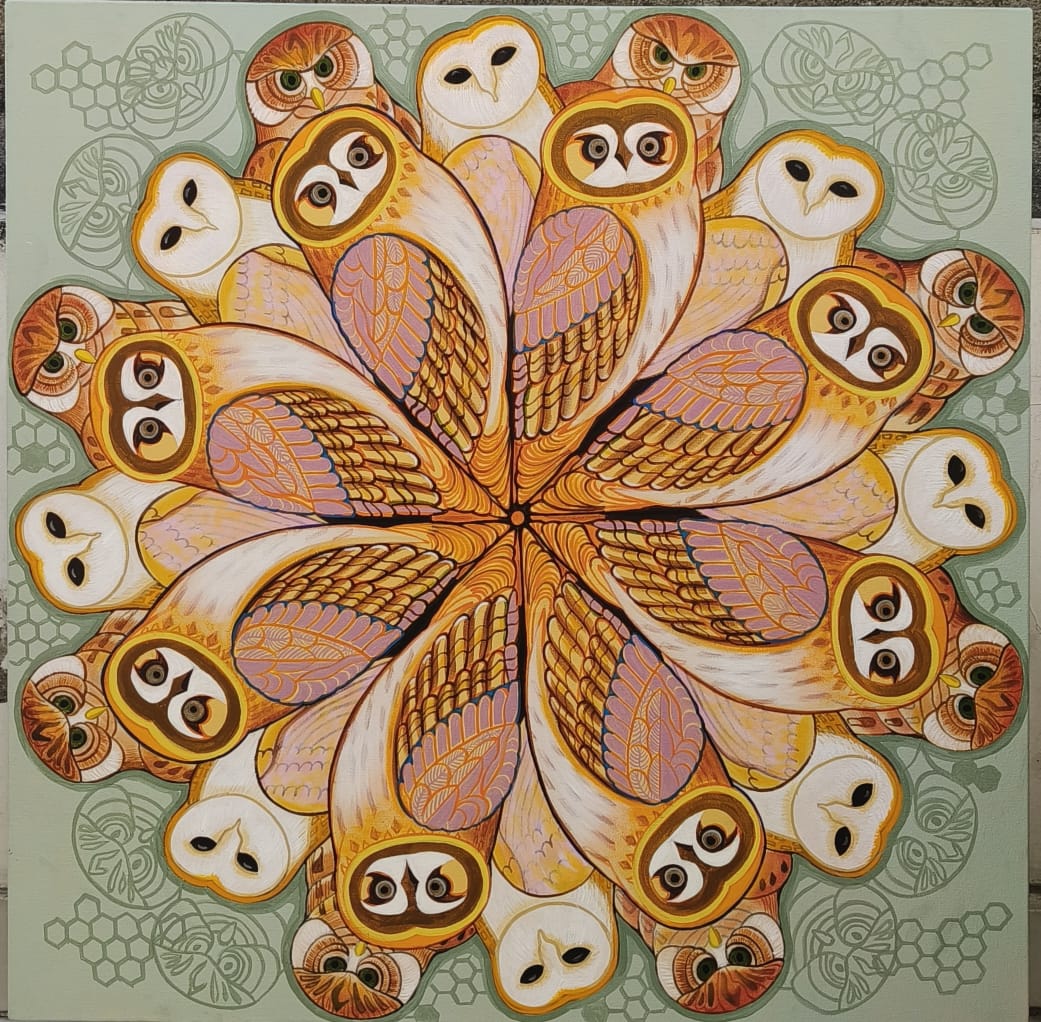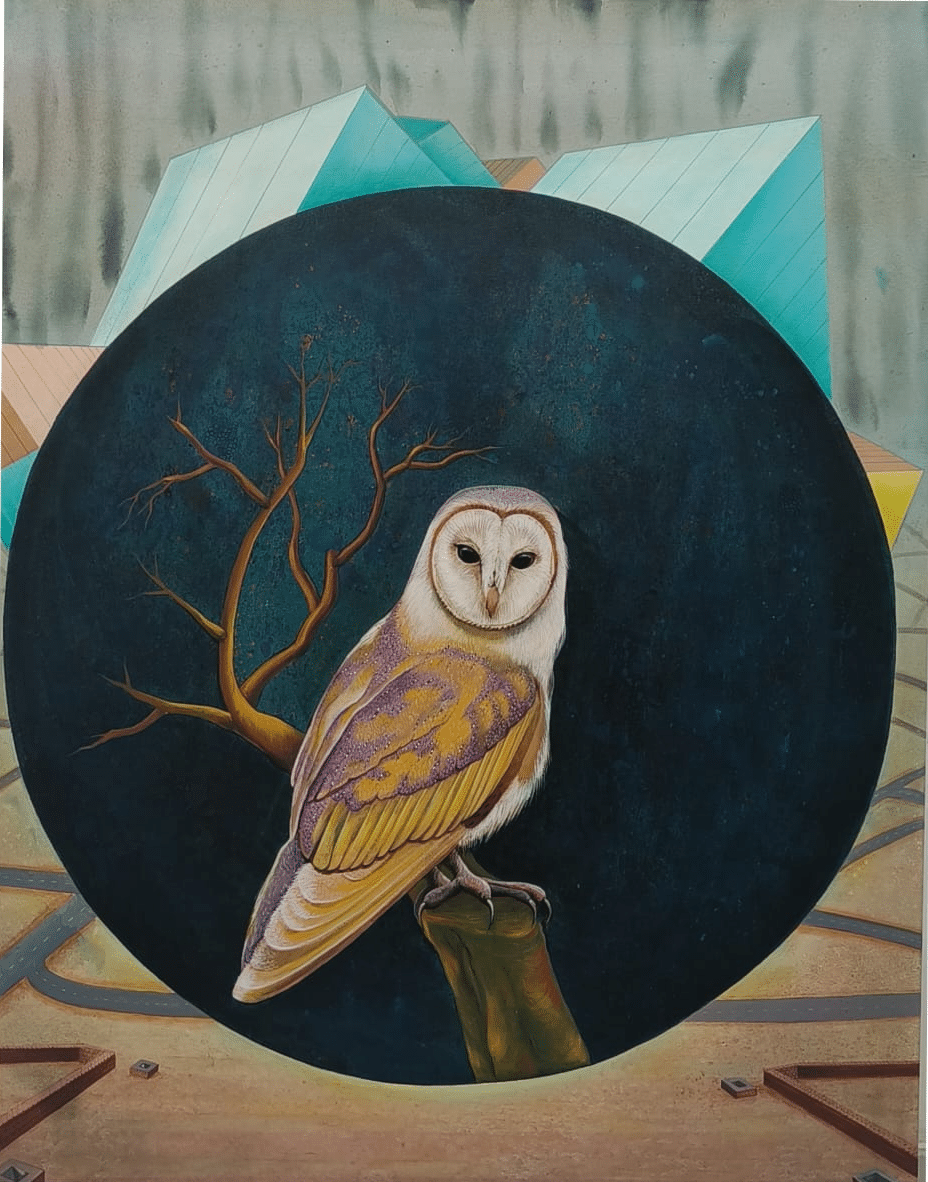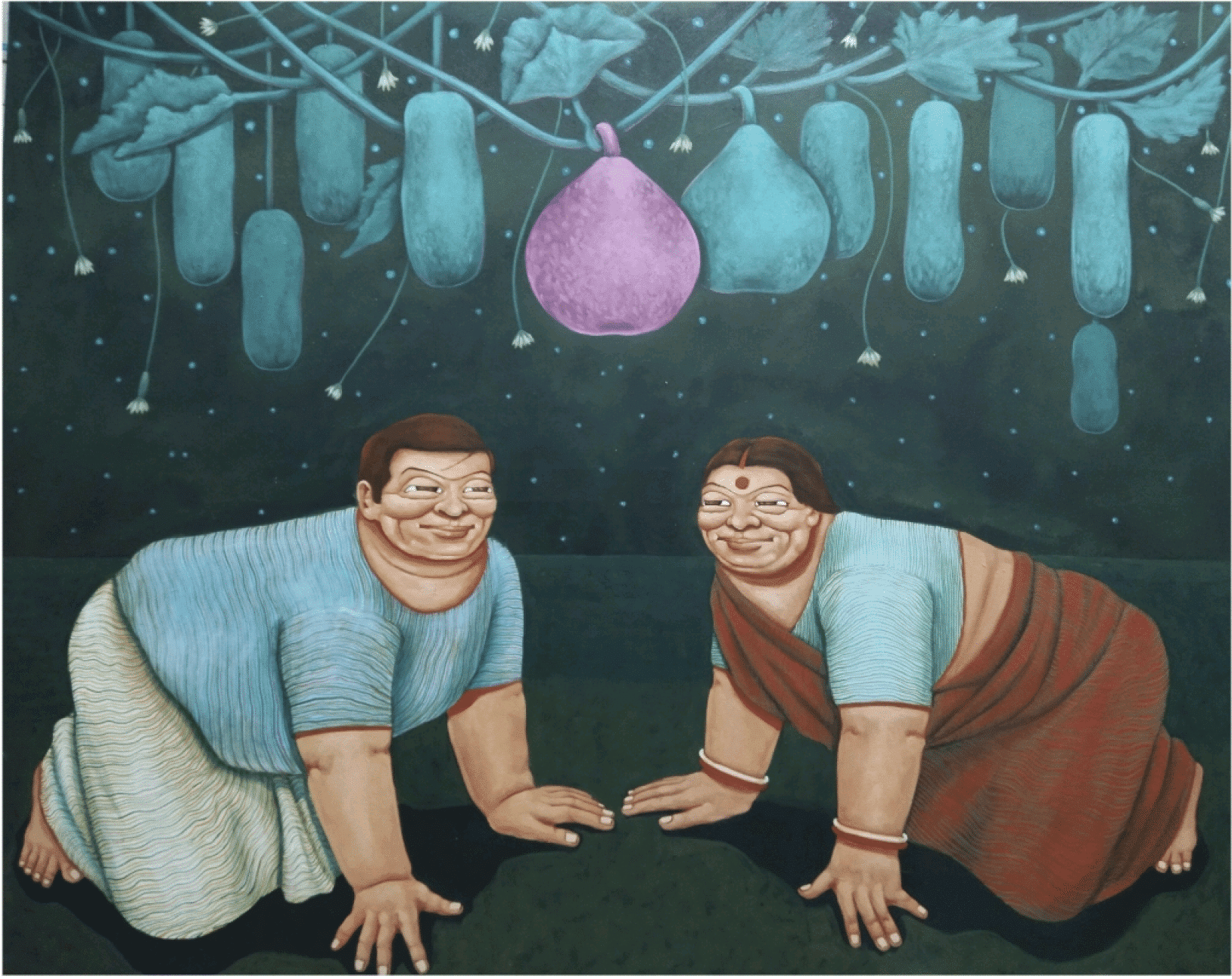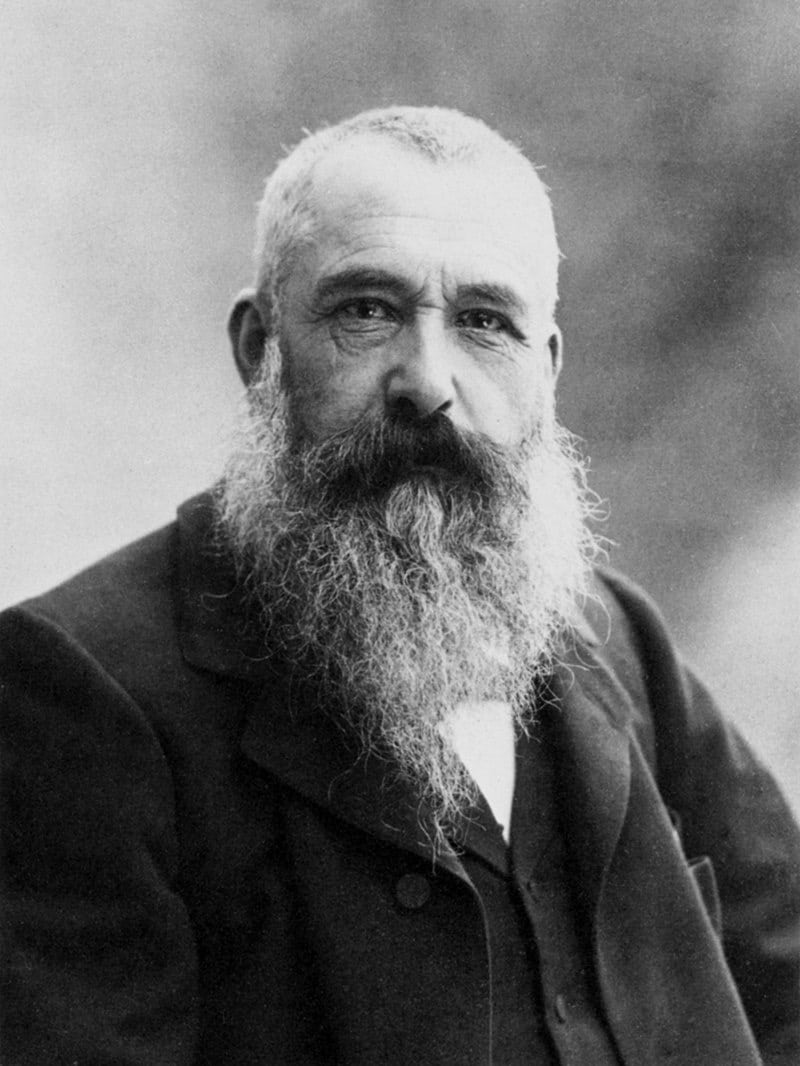
"Claude Monet, the father of Impressionism, known for turning fleeting moments into timeless masterpieces."
Claude Monet, one of the most celebrated artists in history, is known for pioneering the Impressionist movement. His ability to capture fleeting moments of light and colour revolutionised the art world. From “Bain à la Grenouillère” Claude Monet to his renowned Claude Monet paintings “Water Lilies,” his work continues to inspire artists and art enthusiasts alike.
Early Life: The Making of a Visionary
Oscar-Claude Monet was born in 1840 in Paris. Monet’s parents were the second-generation Parisians. Monet showed an early inclination towards art and his mother supported his desire for an art career. On April 1, 1851, he enrolled in Le Havre’s secondary school of the arts. Although an apathetic student, he displayed artistic talent from a young age and, by 15, he was earning money by drawing caricatures and portraits of acquaintances. His first drawing lessons came from Jacques-François Ochard, a former student of Jacques-Louis David. Around 1858, he met fellow artist Eugène Boudin, who encouraged him to refine his techniques, introduced him to “en plein air” (outdoor) painting, and took him on painting excursions. Monet regarded Boudin as his mentor, crediting him entirely for his later success.
Additionally, Monet’s love for his family could be seen in his many portrait paintings particularly in “Child with a Cup, a Portrait of Jean Monet” 1868. This painting in particular shows the first signs of Monet’s later famous impressionistic work.

Claude Monet’s Impression, Sunrise (1872) — the iconic masterpiece that gave Impressionism its name.
Monet’s Artistic Career: A Journey of Innovation
Monet’s time in Algeria, from 1861 to 1862, when he was called for military service and served under Chasseurs d’Afrique (African Hunters) in Algeria, had a powerful effect on him and he later mentioned that the light and vivid colours of North Africa “contained the gem of my future researches”. During this time, he painted his first ever successful large-scale painting “Women in Garden,” and “Le déjeuner sur l’herbe,” the most important painting of Monet’s early period.
Monet’s career took shape when he moved to Argenteuil, a place that deeply influenced his artistic vision. In 1874, he signed a six-and-a-half-year lease and moved into a newly built rose-coloured house with green shutters in Argenteuil, where he created fifteen panoramic paintings of his garden. Works like “Gladioli” likely marked the first time Monet cultivated a garden specifically for his art. The house and garden became the most significant motif of his final years in Argenteuil. Over the next four years, he focused on painting in Argenteuil while also exploring the colour theories of chemist Michel Eugène Chevreul. For three years during this period, he rented a large villa in Saint-Denis for a thousand francs per year.
The Impressionist Movement: A New Dawn
Monet played a key role in the emergence of Impressionism. He was the leader of the French Impressionist Movement. His painting “Impression, Sunrise” 1872 which was exhibited in 1874 gave the movement its name. Another exhibition in 1976 where he displayed 18 paintings, including “The Beach at Sainte-Adresse” 1867 showcased multiple Impressionist characteristics. His technique—using quick, loose brushstrokes to depict light and movement—set him apart from traditional artists. Alongside Renoir, Degas, and Pissarro, he transformed the art scene, challenging conventional norms. Moreover, Monet’s production of art in the early 1870s left a lasting impression on the movement and on his peers as well.
Moreover, “The Avenue” Claude Monet 1878 painting exemplifies the Impressionist movement. As a Master of Landscape painting, Monet conveys the fleeting interplay of light and atmosphere within a natural setting. This artwork falls within the landscape genre, a theme he often explored to capture the delicate shifts in light and colour that define the Impressionist style.
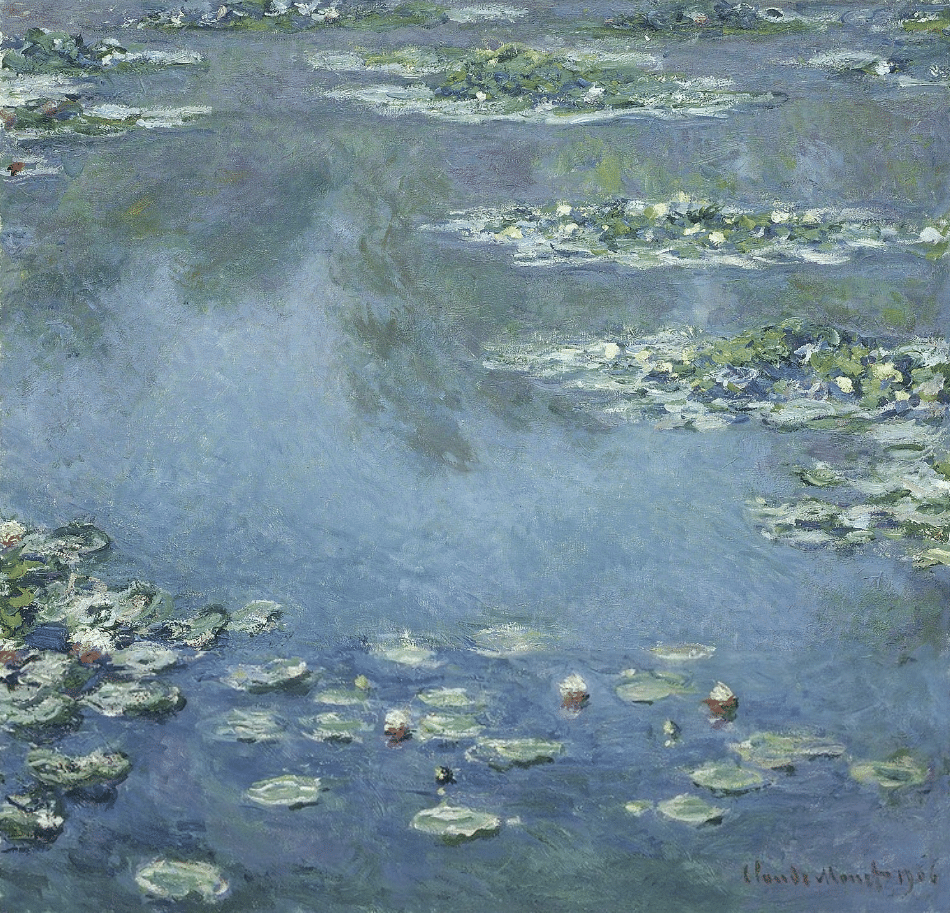
Monet’s delicate Pink Water Lilies float in dreamlike harmony. This peaceful palette invites quiet reflection—just as the artist intended in his Giverny sanctuary.
Monet’s Artistic Style: Capturing Light and Motion
Monet’s unique style emphasised open composition, vivid colours, and short, choppy brushstrokes. Throughout his long career, Monet consistently depicted the landscape and leisure activities of Paris and its environs as well as the Normandy coast.
As a teenager, Claude Monet would only use charcoal to draw caricatures, up until he came across Eugene Boudin. Then he was introduced to oil painting. In his first recognised painting, “Camille,” his early style can evidently be noticed. In addition to learning oil painting from Boudin, he also learned ‘en plein air,’ essentially outdoor painting. His art type consists of rapid and broke brush strokes, with intentionally unblended colours. Monet was renowned for his use of fast and abrupt brush strokes colour palette. As Claude Monet’s impressionism art showed, he loved depicting colour in a way the natural lighting reflected off of a surface. He used it in experimental and innovative ways, and it was heavily dependent on how things would look at different times of the day. He often used dark tones to further highlight the use of brighter hues.
Monet’s influence on Modern Art
Claude Monet’s influences and radical approach to painting paved the way for modern artistic movements like Post-Impressionism and Abstract Expressionism. His focus on colour, light, and atmosphere influenced artists such as Van Gogh and Matisse. And his techniques continue to inspire contemporary painters.
The later artworks of Claude Monet’s, particularly his water lilies series which also included the “Le Bassin Aux Nymphéas” Claude Monet – which verged on abstraction, largely due to his cataracts – had a significant impact on Abstract Expressionists in the mid-20th century. Moreover, artists like Jackson Pollock and Mark Rothko were influenced by Monet’s emphasis on the physical act of painting and his focus on the canvas as an arena to express inner states.
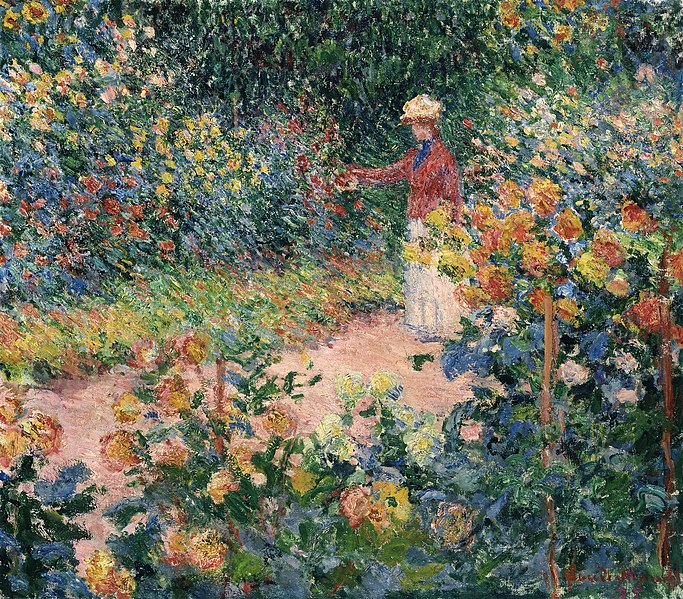
Monet’s Garden at Giverny, 1895 – where nature and brushstroke bloom in perfect harmony.
The Legacy of Claude Monet
Monet’s impact extends far beyond his lifetime. His home and gardens in Giverny have become a pilgrimage site for art lovers. Museums worldwide, including the Musée d’Orsay houses his masterpieces and the Museum of Modern Art (MoMA) which houses his ”Reflections of Clouds on the Water-Lily Pond,” c. 1920 ensuring that his legacy remains alive for future generations.
Honouring Monet’s Legacy with Elisium Art
At Elisium Art, we celebrate the enduring brilliance of artists like Claude Monet. Just as Monet redefined artistic expression, Elisium Art seeks to bridge historical masterpieces with contemporary appreciation. Our platform is dedicated to promoting artists, preserving their work, and fostering a global art community. Whether you are an artist, collector, or admirer, Elisium Art provides a space where timeless art meets modern passion. Join us in honouring the genius of Monet and ensuring that his artistic contributions remain a guiding light for generations to come.

Written by
Kritika Saikia
Kritika Saikia is a writer and aspiring filmmaker with a passion for storytelling and a deep appreciation for the visual arts. Based in Guwahati, she brings a unique perspective to the Elisium Art marketing team, blending her love for narratives with a keen understanding of contemporary art. Her background in filmmaking and social media management allows her to craft engaging content that connects audiences with the diverse world of art, from the Western masters to the rich traditions of South Asian art. Kritika is dedicated to making art accessible and meaningful to all, using her writing and storytelling skills to illuminate the beauty and depth of artistic expression.


